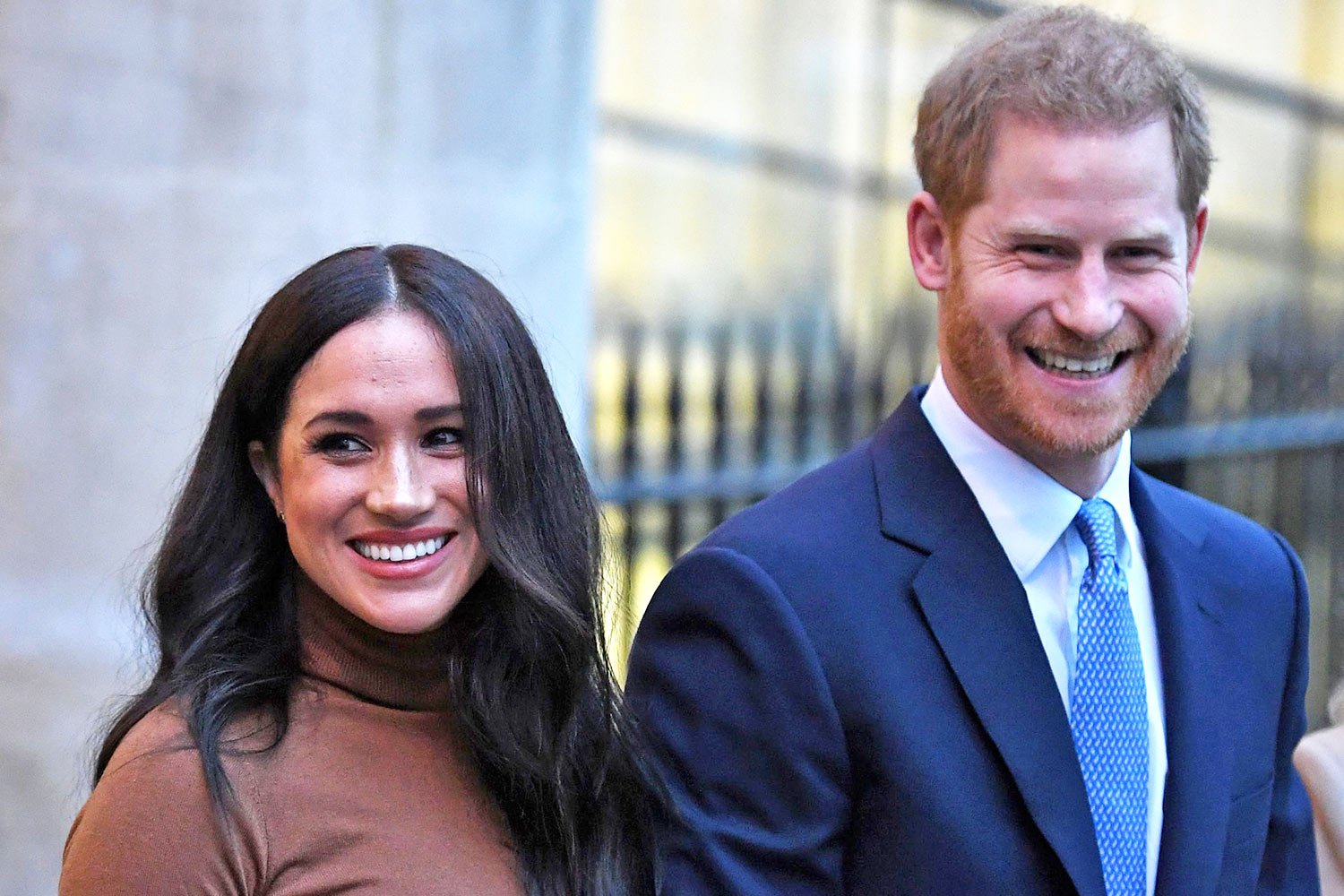For the first few minutes of “Harry & Meghan,” it’s kind of hard to like these people.
And then, surprisingly, we do. The documentary overcomes its start and offers two amiable souls.
The second half of the six-hour mini-series will arrive next Thursday (Dec. 15) on Netflix and may reverse things agaiu. For now, however, it’s an interesting ride.
The series makes the mistake of starting with Prince Harry and Meghan Markle (shown here) grumbling about the forces that caused them to retreat from royal life. They’re sort of right, but what viewers see are enviable lives – beautiful places where beautiful people have lots of free time. We know they’ve been wronged, but they don’t feel like tragic figures. Then “Harry & Meghan” begins the actual chronology, which is where it should have started.
We see Markle long before her beautiful-actress days. “I was a big nerd …. My entire identity was wrapped up in being ‘the smartest one,’” she said.
At 11, she wrote a letter that helped nudge Ivory to change its commercial and stop implying that only women do the dishes. At 12, she wrote a well-crafted poem about being the child of an amicable divorce. As a teen, she got A’s, led causes, gave speeches.
And we see Harry slowly coming into his own, after being shattered by his mother’s death. He spent months at a time in Africa, working with villagers. He “is very much his mother,” someone says, instinctively helping people.
After ending two relationships – a marriage and a live-in romance – Markle was waiting to start the new season of the “Suits” cable series, Meanwhile, her friend said, she was savoring “a single girls’ summer” in Europe.
Then Harry saw her photo on a friend’s Instagram and they started to exchange messages.
He was 30 minutes late for their first date. It was a traffic problem, he insists, and he arrived as an “all sweaty, red ball of mess.” She was five minutes late for their second.
And their third … was in Africa. “This woman I’ve only met twice – she’s coming to Botswana,” he marveled. It was tricky to share a tent on a third date, she said. “What if we don’t like each other?”
They did, apparently. Later, mother liked him, too; she says she was impressed to meet “a 6-foot-1, handsome man with red hair and perfect manners.”
Eventually, the race issue came up. Markle, biracial, had been rejected for Black roles because she didn’t look the part; the tabloid press in England literally used the phrase “straight out of Compton.”
There were big problems with the tabloids. In a nation that is 3.5 percent Black, the film says, only 0.2 percent of journalists – that’s one out of 500 – are Black. At a time of Brexit, it was easy to stir rage.
Much of that was aimed at an amiable person. Markle is “so similar to my mother …. She has that warmth about her,” Harry said.
When she first met her soon-to-be in-laws, William and Kate, she says, she was barefoot, in ripped jeans. There is no formality here. “I’ve always been a hugger.”
She’s someone people want to hug, with ideas and ideals people want to embrace. They just have to get past the moments when she and Harry feeli sorry for themselves.
